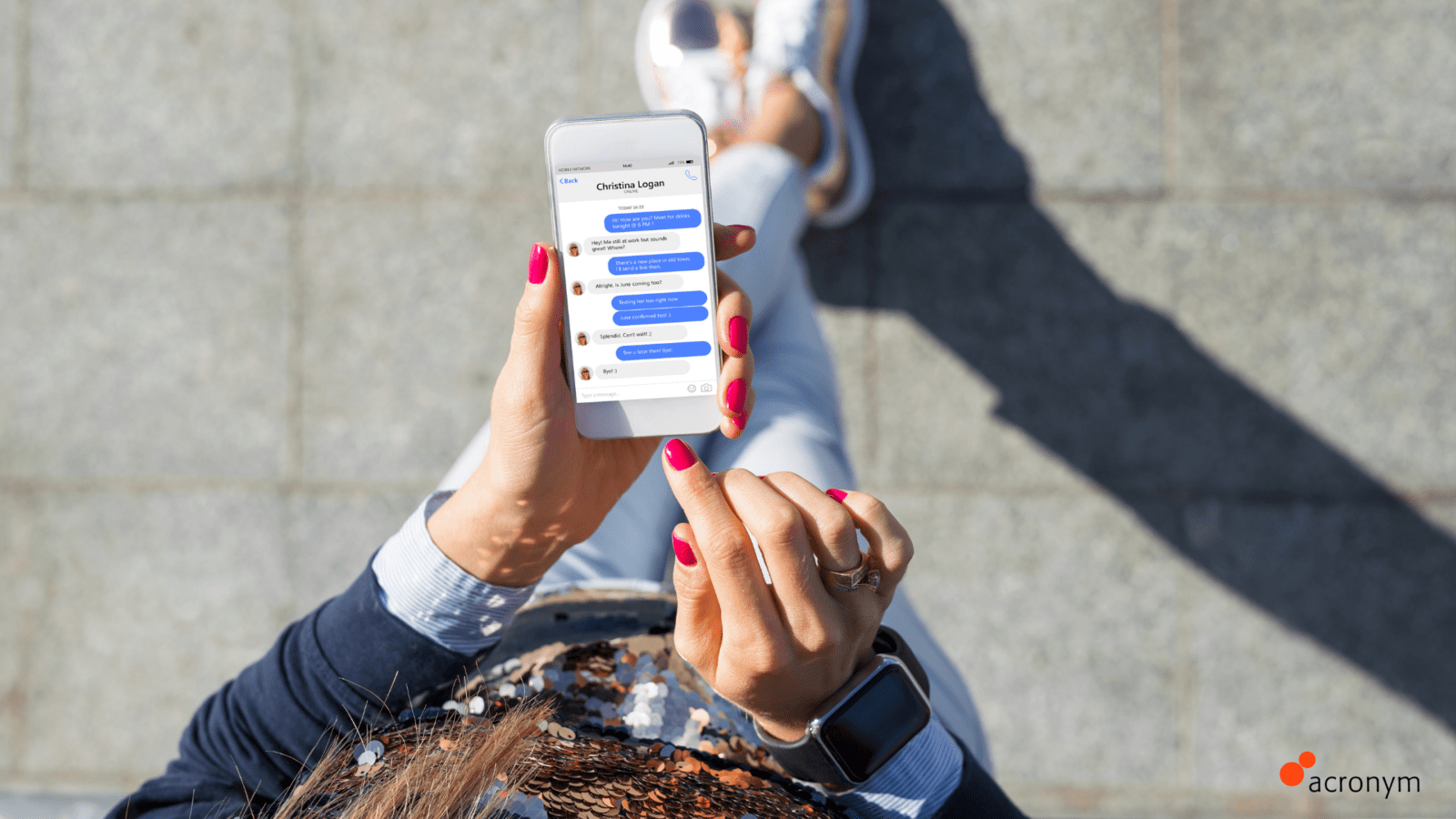 Faced with stiff competition from other social media platforms like Snapchat and Twitter, Instagram is rolling out a new feature that allows brands to respond to customers through the Facebook Messenger API.
Faced with stiff competition from other social media platforms like Snapchat and Twitter, Instagram is rolling out a new feature that allows brands to respond to customers through the Facebook Messenger API.
This highly anticipated feature will allow brands to respond to customers on Instagram from any third-party platform. In June, Instagram accounts with 10,000 to 100,000 followers will be connected to the API, followed by accounts with 1,000 and 100,000 followers in July, with remaining accounts being connected in Q3.
This is a significant step for customer service and will allow brands to have more personal interaction with their audience, as well as better optimize content by understanding the algorithms of this platform.
Why is this important?
With 63% of Americans reporting they check Instagram daily and 43% of global users reporting they open the app multiple times within the same day, it’s no wonder brands want to engage with the more than one billion monthly active Instagram users.
Previously, in order to interact with customers on Instagram, businesses had to go into Instagram itself or use Facebook’s unified business inbox.
This is a significant development for brands with large volumes of Instagram engagement, as the inability to respond from third-party platforms, where many brands manage engagement from multiple platforms, was a big hindrance to efficiency and workflow.
Global brands with many business arms should find this a huge relief – something that will help not only efficiency but consolidating and improving sentiment analysis.
What actions should brands take?

We recommend brands begin to adjust their workflow processes, including thinking about how to leverage the time previously spent on managing Instagram in a silo.
When the beta opens up, make sure to see how Instagram engagement impacts your sentiment data within any third-party platforms.
Some brands avoid Instagram Ads because the average CPC is higher than it is on Facebook. However, engagement rates on Instagram are around .96% as compared to 0.1% on Facebook and Twitter. So, while you do pay a bit more, you consistently see better results.
And, despite skewing a bit younger (71% of U.S adults on Instagram are between the ages of 18-29), the app’s users tend to have more disposable income:
- 31% of people who make more than 75k per year are on Instagram.
- 32% of people who make between 50k-74k per year are on Instagram.
- 32% of people who bring in 30k to 49k per year are on Instagram.
So, driving engagement on this platform is critical for brands wanting to connect with Gen Z and Millennial customers. And, now, engagement through Messenger will make those connections more powerful. If you need assistance leveraging any social media platforms for your paid or organic campaigns, contact us. We’re happy to help.
POV by Acronym’s Paid Social Media Team







